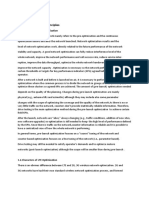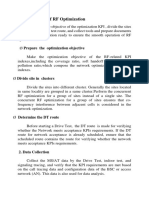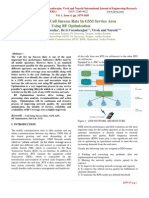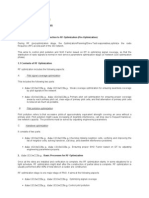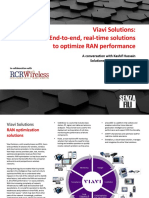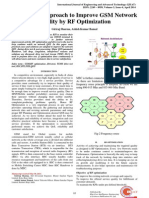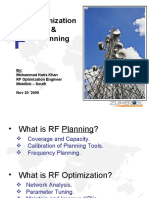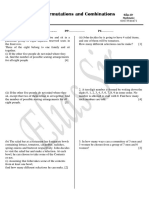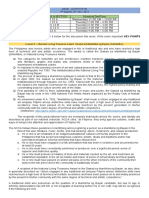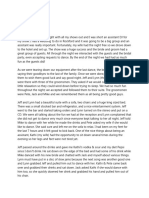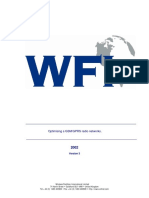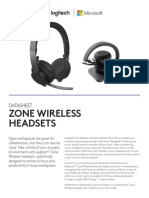0% found this document useful (0 votes)
24 views4 pages20 Advanced RF and Network Optimization Interview
The document presents 20 advanced interview questions and answers related to RF and network optimization, focusing on topics such as path loss, fading, PCI collisions, antenna parameters, and handover optimization. It emphasizes the importance of understanding RF parameters, interference management, and the role of self-optimizing networks in modern LTE/5G environments. The content is designed to prepare candidates for technical interviews in the field of telecommunications.
Uploaded by
Rini ApriyantiCopyright
© © All Rights Reserved
We take content rights seriously. If you suspect this is your content, claim it here.
Available Formats
Download as DOCX, PDF, TXT or read online on Scribd
0% found this document useful (0 votes)
24 views4 pages20 Advanced RF and Network Optimization Interview
The document presents 20 advanced interview questions and answers related to RF and network optimization, focusing on topics such as path loss, fading, PCI collisions, antenna parameters, and handover optimization. It emphasizes the importance of understanding RF parameters, interference management, and the role of self-optimizing networks in modern LTE/5G environments. The content is designed to prepare candidates for technical interviews in the field of telecommunications.
Uploaded by
Rini ApriyantiCopyright
© © All Rights Reserved
We take content rights seriously. If you suspect this is your content, claim it here.
Available Formats
Download as DOCX, PDF, TXT or read online on Scribd
/ 4






